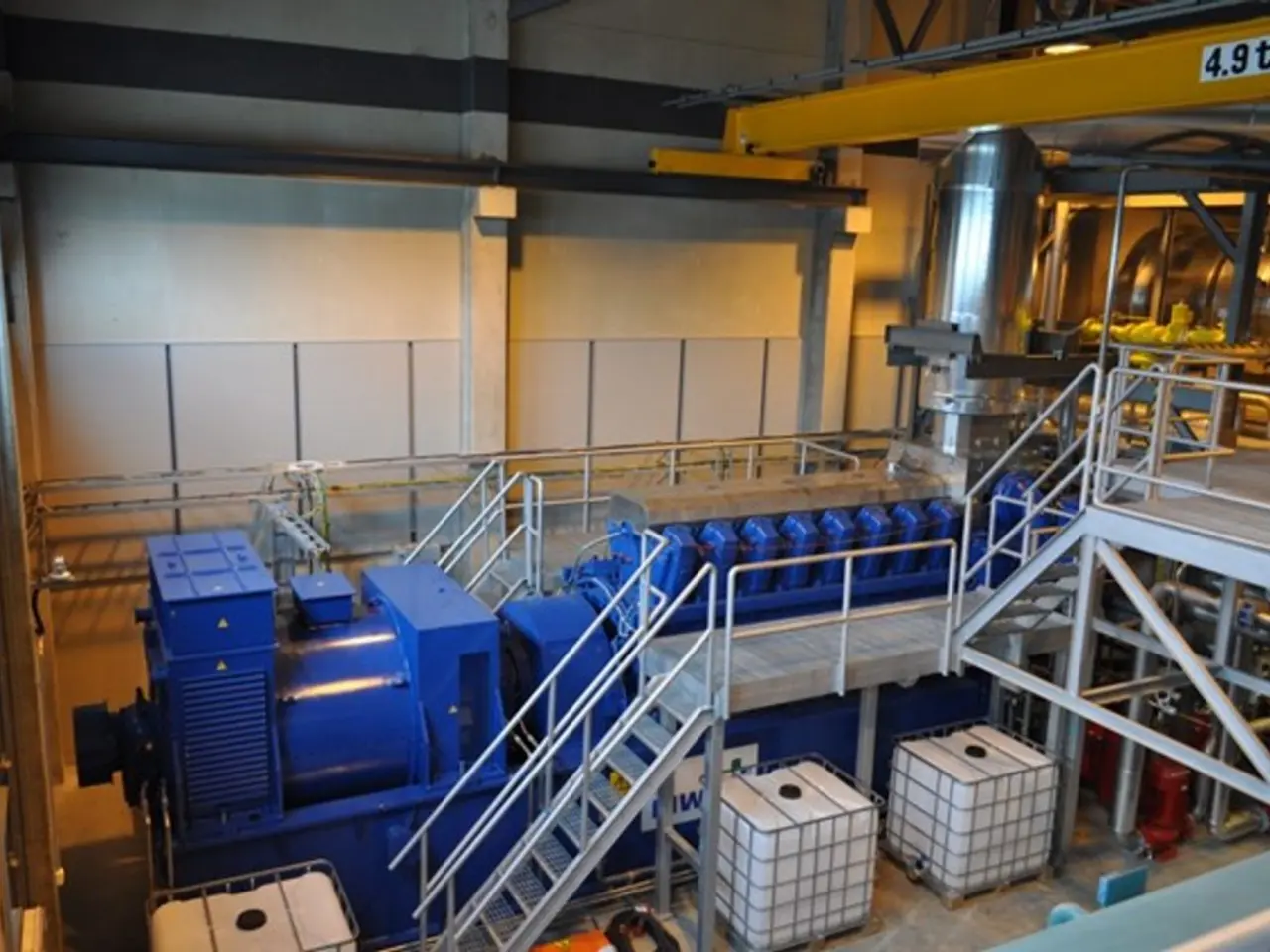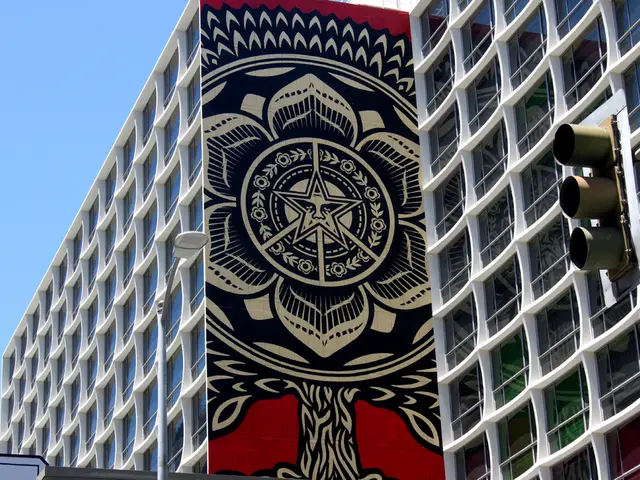Vietnam's Ambitious Rail Projects Aim to Save $2.2B Annually
Vietnam is pushing ahead with ambitious rail projects to boost its economy and reduce logistics costs. Becamex IDC, a major Vietnamese industrial park and infrastructure company, has proposed two key railway projects for southern Vietnam. The first is a high-speed line connecting Ho Chi Minh City and Can Tho city, while the second links Bau Bang to the Cai Mep deep-sea port. These projects aim to save the region an estimated $2.2 billion annually in logistics costs and position Ho Chi Minh City and the southern region as a green, smart, and sustainable transport hub.
The HCMC-Can Tho line, with a length of 174 km, is designed to run at 200 km/h for passengers and 160 km/h for freight. The first phase of this project is expected to cost over VND173.6 trillion ($6.58 billion). Meanwhile, the Bau Bang-An Binh-Cai Mep line, at 127 km, is designed for 160 km/h passenger and 120 km/h freight speeds, with an estimated investment of VND153 trillion ($5.11 billion).
Becamex chairman Nguyen Van Hung emphasized the interconnectivity of these lines, forming an integrated modern rail network linking major ports, industrial zones, and urban centers. The company, listed on the Ho Chi Minh Stock Exchange (HoSE) as BCM, is actively seeking international partners for these projects, provided there is a clear, transparent, and stable political framework.
These rail projects, once operational, promise significant savings and improved connectivity. Becamex IDC, with its extensive experience in infrastructure development, is well-positioned to lead these projects. The company's efforts to attract international partners reflect the global interest in Vietnam's infrastructure sector. However, the success of these projects hinges on the clarity and transparency of the political and regulatory environment.
Read also:
- MIH Consortium Chooses BlackBerry for Next-Gen EV Platform
- Aquatech purchases Koch's Direct Lithium Extraction business, merging Li-ProTM DLE technology into the PEARLTM Technology Platform.
- Li Auto faces scrutiny after crash test involving i8 model and a truck manufacturer sparks controversy
- Emerging Investment Trends in China's Ethical Finance Sector for 2025







